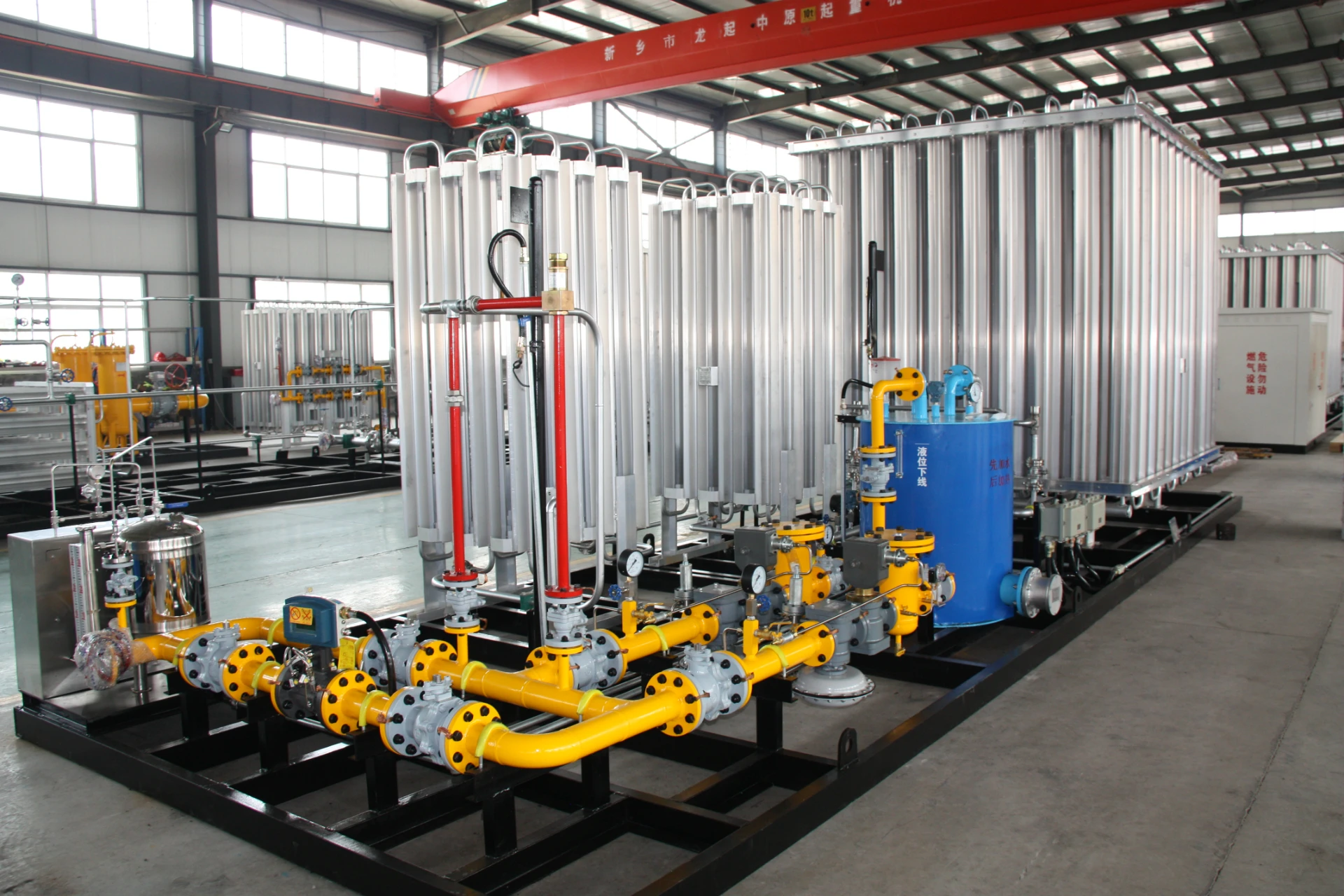
Nov . 25, 2024 17:24
Back to list
lng
Understanding LNG A Pathway to a Cleaner Energy Future
Liquefied Natural Gas (LNG) is rapidly becoming a cornerstone of global energy strategies due to its potential for cleaner energy production and versatility as a fuel source. As nations around the world strive to reduce carbon emissions and transition away from fossil fuels, LNG presents an appealing alternative that balances economic growth with environmental responsibility. This article explores the significance of LNG, its production and transportation processes, its environmental benefits, and the challenges it faces on its journey to becoming a primary energy source.
What is LNG?
Liquefied Natural Gas is natural gas that has been cooled to a liquid state at about -162 degrees Celsius (-260 degrees Fahrenheit), for ease of storage and transport. In its liquid form, LNG occupies about 1/600th the volume of natural gas, making it much more efficient to transport over long distances where pipelines do not exist. Once it reaches its destination, LNG can be regasified and delivered through pipelines for end-use in homes, industries, and electricity generation.
The Production and Transportation of LNG
The production of LNG involves several key steps extraction, purification, liquefaction, transportation, and regasification. Natural gas is extracted from deposits, often alongside oil. This gas is then purified to remove impurities such as water, carbon dioxide, and hydrogen sulfide. The purified gas is then cooled to form LNG in specialized liquefaction plants.
Transportation of LNG typically occurs via double-hulled specialized tankers designed to keep the LNG cold and minimize the risk of spills. This shipping method is crucial for global trade, as it enables countries that lack natural gas resources to access them from countries rich in gas reserves.
Once LNG reaches its destination, it undergoes regasification, wherein it is converted back into its gaseous state for distribution through pipelines. This process ensures that LNG can effectively meet energy demands in markets around the world.
Environmental Benefits of LNG
lng

One of the primary benefits of LNG is its relatively low environmental impact compared to other fossil fuels. When burned, LNG produces significantly lower greenhouse gas emissions than coal or oil. It emits about 50% less carbon dioxide when combusted, contributing to cleaner air and reducing the overall carbon footprint of energy consumption.
Moreover, LNG produces negligible amounts of sulfur dioxide and particulate matter, pollutants that contribute to air quality issues and respiratory problems in communities. By transitioning to LNG, many countries can improve public health while also meeting international climate commitments.
LNG also serves as a flexible energy source that can complement renewable energy systems. As countries enhance their reliance on wind and solar, LNG can provide a reliable backup power source, helping to mitigate the intermittency of renewable energy production.
Challenges and Considerations
Despite its many advantages, LNG faces significant challenges. The high initial costs associated with LNG infrastructure, including liquefaction plants, transportation vessels, and regasification terminals, can be prohibitive for many developing nations. Additionally, the extraction and production of natural gas can lead to environmental concerns, including methane leaks, which are a potent greenhouse gas.
Public perception also plays a critical role in the acceptance of LNG as a long-term energy solution. Many environmental advocates argue that investments should focus solely on renewable energies like solar and wind, rather than extending the lifespan of fossil fuels, even if they are less harmful.
Conclusion
LNG is positioned as a vital component of the global energy landscape, offering a bridge between traditional fossil fuels and a future dominated by renewable energy sources. As nations seek to align energy production with environmental goals, LNG presents a compelling option that can facilitate a smoother transition to a cleaner energy future. Continued innovation, investment, and policy support will be crucial in overcoming the challenges associated with LNG, allowing it to contribute to global energy security and environmental sustainability for years to come.
Latest news
-
Safety Valve Spring-Loaded Design Overpressure ProtectionNewsJul.25,2025
-
Precision Voltage Regulator AC5 Accuracy Grade PerformanceNewsJul.25,2025
-
Natural Gas Pressure Regulating Skid Industrial Pipeline ApplicationsNewsJul.25,2025
-
Natural Gas Filter Stainless Steel Mesh Element DesignNewsJul.25,2025
-
Gas Pressure Regulator Valve Direct-Acting Spring-Loaded DesignNewsJul.25,2025
-
Decompression Equipment Multi-Stage Heat Exchange System DesignNewsJul.25,2025

